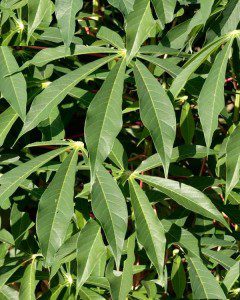Most of us see cassava as a staple food from Zambia’s Luapula, North-Western and Northern Provinces. Manihot esculenta (its scientific name) is known by different names in different places, including ugburu or akpu (Nigeria), kappa or simal tarul (India), mushu (China) and manioc.
You probably know all that. But here’s the twist: Cassava is not an original Zambian tuber. The Portuguese imported cassava (and maize) into Africa from South America in 1500!
There’s yet another twist to the story. Velvet crunch cheddar cheese and spring onion flavoured snacks are being manufactured and distributed by an Irish company! They held a large promotion in London this week and are promoting for world-wide distribution.
The most imaginative among us will start to see the hidden influence of a genius Zambian business entrepreneur behind this venture. What we can say with certainty, however, is that the humble cassava plant has been put to good use in at least three continents. At the risk of sparking a mass exodus of Zambians from the Luapula province (Zambia) to South America, I can confirm that cassava does grow in the wild in Brazil!
Most people have only tasted cassava in a limited way, but have no idea of the wide variety of recipes from countries such as Brazil, Peru, Bermuda, Bolivia, Colombia, Jamaica, Venezuela, India, Indonesia and China. It’s only by tasting some of these recipes that one can truly appreciate cassava’s versatility.
Domestic Uses include Cassava flour(Tapioca) use in:
- Nshima (Ubwali)
- Cereals Bread
- Cookies
- Pudding
- Cake
- Pies
- Chiffon cake
- Butter cake
Industrial Uses include:
- Cassava hay for animal feed
- Starch production
- Alcohol production
- Ethanol fuel production
- White paint production
- As a binder in food and paper industries
Looked at from this angle, cassava begins to look like a plant worth a second look for the home or restaurant and as a business proposition.
Authentic Foods of Zambia got the message a long time ago, and we haven’t seen the last of Manihot esculenta!




